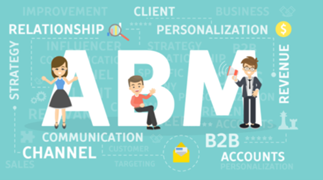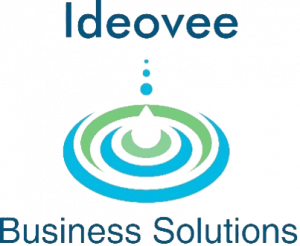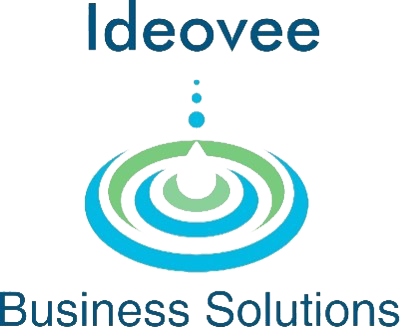
Top 5 Account Based Marketing (ABM) Best Practices to Adopt in 2022
By Murray Vince
Adopt an Easy-to-Follow ABM Methodology
Define the key steps in the ABM process for your business, train your sales, marketing, finance, operations and business development ABM professionals in the steps and essential linkages between their functions.
Consider something as simple at IGNITE; to IGNITE your revenue pipeline.
- IDENTIFY: accounts within your ICP (ideal customer profile) that have the best chance of becoming customers.
- GENERATE: personalized messaging
- NAIL: your content plan before you start outreach and trial different medium: podcasts, blogs, interviews, e-books, webinars, +++
- INCLUDE: the cross-team functions of marketing, sales, ops, bizdev and finance as one integrated whole team
- TABULATE: results and track your ROI metrics conscientiously
- ENGAGE: reach out to customers, start with a personalized, high touch message and follow up with a methodical customer journey omnichannel plan
Emphasize the Cross-Team/Integrated Nature of ABM for Your Business
Cite factoid % re teams that adopt ABM across functions optimize ABM results. ABM is a bit of a misnomer: it’s an activity that spans your business across executive leadership, sales, marketing, finance, operations and business development. If the “M” in ABM throughs off your team, rename it Account Based Revenue Generation internally.
Ensure each team member gets how critically important it is to work across org chart reporting lines.
Know Your Customer Thoroughly
Do thorough research on your prospective customers. Make certain they each align with your ideal customer profile (ICP). What challenges are they facing? Where are they competitively ranked in the market and why? Who are their competitors; to know both the pressure they are under and who else may be similarly situated that you should be selling to. Outside looking in what does their SWOT look like?
What can you learn to even better personalize the sale and accentuate the value prop for your products and services? Use the depth of business intelligence you have gathered to make your business communications not about your company or your products & services but about the prospective customer’s business and the challenges they face (that you know you can solve or alleviate for them).
Effective Messaging and Content
Get the messaging and contextually relevant content cluster outlined and in place before you start outreach. Then leverage that content for the benefit of the prospective customer. Empathize with the problem you know they face that you can solve. Describe a better outcome for that problem and what it means for businesses like your prospective customer. Drive home (in that 1, 2, 3 sequence) of problem, ideal solution and how your product maps to the ideal solution.
Determine the succinct messaging that starts with and focuses on the problem your prospective customer faces; knowing that your B2B products & services are the solution. Start a dialogue with the prospective customers about the (1) problem, (2) an ideal solution and (3) how your products & services map to that solution. Reference the content cluster you have created for this segment of customer: provide value in your communications by providing relevant blogs, webinars, e-books, podcasts, vlogs, case studies and industry research that reinforces your customer messaging and with each interaction highlight the value you bring to that customer.
ABM Works When You Consistently and Persistently Work ABM
There’s no “Pass Go” card in securing new revenue customers. ABM follows a prescribed methodology. Short cuts lead to diminished results. Create an ABM process for your business and follow it methodically.
Establish KPI metrics for each campaign, watch for learnings and process improvements. Stick with it. Dr. Jeffrey Lant’s “Rule of Seven” might be a rule of 15, 18 or 21 for your business depending on the complexity of the sale. The Rule Of Seven insight is that a business must contact prospective customers at least seven times over 18 months for them to remember you, and the likely number of times to contact a prospective customer and ask for the sale before you land a positive sales decision.
In rare circumstances, you might get to YES sooner but to scale the business and your revenue pipeline you’ve got to work the process consistently and persistently. Create a process, stick with it and improve the process based on observation, proven revenue results and data.

Thanks to Betty Ledgerwood, Simran Preet, Harshdeep Singh and Rocco Chappie for their suggestions and edits. Any errors or omissions are solely mine.
BetterProspecting.biz offers templates to guide the account selection process for B2B sales. And also offers training and coaching for the sales team to help better focus resources, time, effort and staff on developing the customers that matter most to the business.

